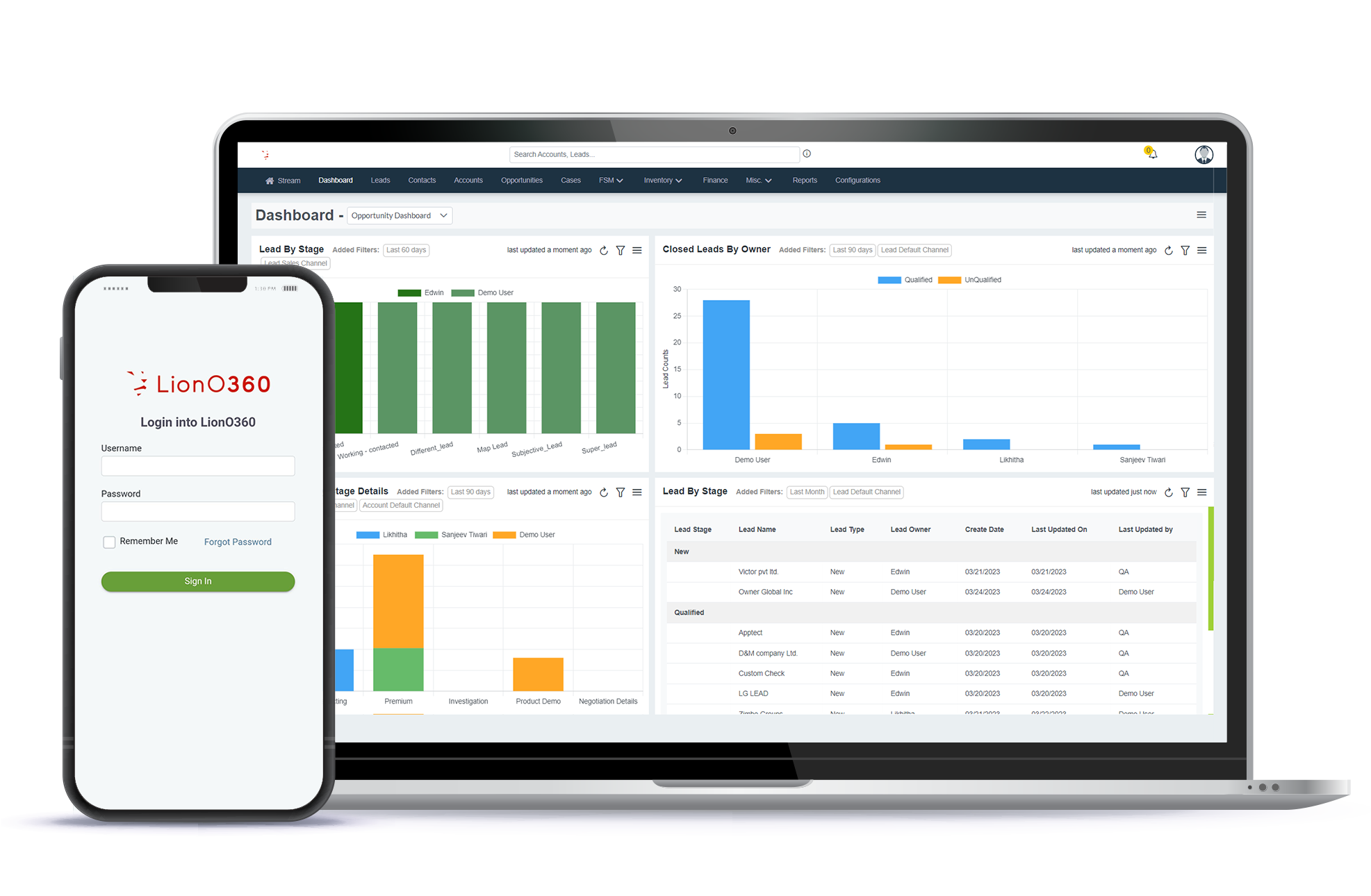
Accounting is the backbone of every business, and accuracy is non-negotiable. Even small errors can lead to financial misstatements, compliance issues, and poor decision-making. Fortunately, tools like QuickBooks integration help streamline accounting processes and reduce the risk of errors. In this post, we’ll explore 10 common types of accounting errors and how QuickBooks can help you identify and correct them.
1. Data Entry Errors
Data entry errors are among the most frequent and frustrating issues in accounting. These occur when incorrect information is manually entered into the system—such as typing in the wrong amount, date, or account name. Even a small typo can lead to significant discrepancies in financial reports, tax filings, and cash flow analysis.
These errors often happen due to fatigue, multitasking, or lack of proper review processes. In traditional accounting systems, spotting and correcting these mistakes can be time-consuming. However, QuickBooks helps mitigate this risk by offering features like automated bank feeds, recurring transactions, and smart suggestions that reduce manual input. It also allows users to set up rules for categorizing transactions, which minimizes the chance of human error.
Additionally, QuickBooks provides audit trails and transaction histories, making it easier to trace and correct mistakes. Regular reconciliation and review of reports can further help identify anomalies caused by data entry errors. By combining automation with oversight, QuickBooks empowers businesses to maintain cleaner books and make more accurate financial decisions.
2. Transposition Errors
Transposition errors occur when digits are accidentally reversed during data entry. While these mistakes may seem minor, they can significantly distort financial records and lead to incorrect reporting. These errors are particularly tricky because the numbers may still appear reasonable, making them harder to detect without thorough reconciliation.
Transposition errors often happen due to human oversight, especially when entering long strings of numbers or rushing through tasks. They can affect invoices, bank reconciliations, payrolls, and even tax filings. If left unchecked, they may result in overpayments, underpayments, or misstatements in financial statements.
QuickBooks software helps reduce the risk of transposition errors by automating data entry through bank feeds, invoice templates, and recurring transactions. It also offers reconciliation tools that compare your records with bank statements, making it easier to spot discrepancies. Additionally, QuickBooks allows users to drill down into transaction details and view audit trails, which can help identify and correct transposition errors quickly.
By combining automation with regular reviews, businesses can significantly reduce the occurrence of transposition errors and maintain more accurate financial records.
3. Reversal of Entries
Reversal of entries happens when a transaction is recorded with the debit and credit amounts swapped. For instance, instead of debiting an expense account and crediting cash, the entry might mistakenly credit the expense and debit cash. This type of error can lead to misleading financial statements and incorrect account balances.
Reversal errors are common when users are unfamiliar with double-entry accounting or when entries are made in haste. They can affect income statements, balance sheets, and cash flow reports, potentially leading to poor financial decisions or compliance issues.
QuickBooks helps prevent reversal errors by guiding users through the correct accounting workflows. Its intuitive interface and built-in accounting logic ensure that debits and credits are applied appropriately. For example, when recording an expense, QuickBooks automatically assigns the correct debit to the expense account and credit to the payment method.
If a reversal error does occur, QuickBooks makes it easy to locate and fix the issue. Users can view transaction histories, audit trails, and account activity to identify incorrect entries. The software also allows for editing or voiding transactions while maintaining a clear record of changes.
With proper training and the support of QuickBooks’ smart features, businesses can minimize reversal errors and maintain accurate books.
4. Omission Errors
Omission errors occur when a transaction is completely left out of the accounting records. This could be a missed invoice, an unrecorded expense, or a forgotten bank deposit. These errors can have serious consequences, including inaccurate financial statements, understated income or expenses, and potential tax compliance issues.
Omissions often happen due to oversight, lack of documentation, or poor communication between departments. For growing businesses, especially those with multiple service teams or locations, tracking every transaction manually can be challenging.
QuickBooks helps prevent omission errors by automating transaction tracking and integrating with bank accounts, credit cards, and payment platforms. This means that most financial activity is automatically imported and categorized, reducing the chance of missing entries. QuickBooks also allows users to set up recurring transactions and reminders for bills and invoices, ensuring nothing slips through the cracks.
Additionally, QuickBooks offers comprehensive reporting tools that can highlight gaps in financial data. For example, users can run profit and loss reports, expense summaries, and account activity logs to identify missing entries. Regular reconciliation of accounts further helps catch omissions before they become serious problems.
By leveraging automation and regular reviews, QuickBooks helps businesses maintain complete and accurate financial records.
5. Duplication Errors
Duplication errors occur when the same transaction is recorded more than once. This can happen when importing data from multiple sources, manually entering transactions that have already been synced, or mistakenly processing the same invoice or payment twice. These errors can inflate income or expenses, distort financial reports, and lead to confusion during audits.
For example, if a payment is recorded manually and also imported from a bank feed, it may appear twice in the books. Without proper checks, this can result in overstated revenue or expenses, affecting profitability analysis and tax calculations.
QuickBooks helps prevent duplication of errors through its smart import features and duplicate detection alerts. When syncing bank feeds or uploading transactions, QuickBooks flags potential duplicates and allows users to review and merge or delete them. It also provides clear transaction histories and audit trails, making it easier to identify and resolve duplicates.
Users can further reduce duplication of errors by establishing consistent workflows and assigning roles for transaction entry and review. QuickBooks’ customizable user permissions and approval processes help ensure that transactions are entered correctly and only once.
By combining automation with oversight, QuickBooks accounting software enables businesses to maintain clean, accurate records and avoid the pitfalls of duplication of errors.
6. Classification Errors
Classification errors occur when transactions are recorded under the wrong account or category. For instance, recording office supplies under travel expenses or misclassifying a capital expense as an operating cost. These errors can distort financial statements, misrepresent business performance, and lead to incorrect tax filings.
Classification errors often stem from unclear charts of accounts, lack of accounting knowledge, or inconsistent categorization practices. They can affect budgeting, forecasting, and compliance, especially when preparing reports for stakeholders or tax authorities.
QuickBooks helps prevent classification errors by offering a well-structured chart of accounts and smart categorization features. When entering transactions, QuickBooks suggests appropriate categories based on past behavior and transaction details. Users can also create custom rules to automatically classify recurring transactions.
Additionally, QuickBooks provides detailed reports that allow users to review account activity and spot misclassifications. For example, running an expense report by category can reveal anomalies or inconsistencies. The software also allows for easy reclassification of transactions, ensuring that corrections can be made without disrupting the overall accounting flow.
By using QuickBooks’ categorization tools and regularly reviewing financial reports, businesses can ensure accurate classification and maintain reliable financial data.
7. Principle Errors
Principle errors occur when accounting principles are violated—such as recognizing revenue before it’s earned or failing to match expenses with related income. These errors are more serious than simple data entry mistakes because they reflect a misunderstanding or disregard of fundamental accounting software rules.
For example, recording a customer's payment as revenue before the service is delivered violates the revenue recognition principle. Similarly, failing to record depreciation on assets breaches the matching principle. These errors can lead to misleading financial statements and non-compliance with accounting standards.
QuickBooks helps reduce principal errors by supporting both accrual and cash accounting methods and guiding users through proper workflows. It allows users to set up deferred revenue accounts, track asset depreciation, and match expenses with income through job costing and project tracking features.
QuickBooks also provides access to accounting templates and best practices, helping users stay compliant with Generally Accepted Accounting Principles (GAAP). For businesses working with accountants, QuickBooks makes collaboration easy by allowing shared access and detailed audit trails.
By using QuickBooks correctly and understanding basic accounting principles, businesses can avoid principle errors and maintain integrity in their financial reporting.
8. Commission Errors
Commission errors occur when a transaction is posted to the wrong account of the correct type. For example, recording a travel expense under office supplies or posting a vendor payment to the wrong supplier account. While these errors don’t affect the overall balance, they can distort category-level reporting and hinder financial analysis.
Commission errors often happen due to unclear account naming, lack of training, or rushing through data entry. They can affect budgeting, cost tracking, and tax deductions, especially when expenses are misclassified and not properly documented.
QuickBooks helps prevent commission errors by offering smart categorization and customizable account structures. When entering transactions, QuickBooks suggests categories based on transaction details and past behavior. Users can also set up rules to automatically assign categories to recurring transactions.
If a commission error is detected, QuickBooks allows for easy reclassification. Users can edit transactions individually or in bulk, ensuring that corrections are made efficiently. Reports like expense summaries and vendor activity logs help identify misclassified entries and maintain accurate records.
By using QuickBooks’ categorization tools and regularly reviewing reports, businesses can minimize commission errors and ensure that financial data reflects true business activity.
9. Compensating Errors
Compensating errors occur when two or more mistakes offset each other, making the overall financial statements appear correct. For example, understating revenue by $5,000 and understating expenses by the same amount may result in a correct net profit, but both figures are inaccurate. These errors are particularly dangerous because they’re harder to detect and can mask underlying issues.
Compensating errors often arise from inconsistent accounting practices, lack of oversight, or multiple people handling transactions without coordination. They can affect decision-making, budgeting, and compliance, especially when financial reports are used to secure loans or attract investors.
QuickBooks helps uncover compensating errors through its robust reporting and reconciliation tools. By comparing actuals against budgets, running variance reports, and reconciling accounts regularly, users can identify anomalies that may indicate hidden errors. QuickBooks also maintains detailed audit trails and transaction histories, making it easier to trace the source of discrepancies.
To further reduce the risk of compensating for errors, businesses should implement internal controls, assign clear roles, and conduct periodic audits. QuickBooks supports these practices by offering multi-user access, approval workflows, and customizable permissions.
With proper use of QuickBooks and regular financial reviews, businesses can detect and correct compensating errors before they cause serious problems.
10. Error of Original Entry
An error of original entry occurs when a transaction is recorded incorrectly from the start, and all subsequent entries are based on that mistake. For example, if a supplier invoice is entered with the wrong amount, and payments, reports, and reconciliations are based on that figure, the error can propagate throughout the accounting system.
These errors are particularly problematic because they often go unnoticed until a detailed audit or reconciliation is carried out. They can affect cash flow, vendor relationships, and financial reporting accuracy.
QuickBooks helps mitigate errors of original entry by providing clear transaction workflows and audit trails. When entering transactions, users can attach source documents, such as invoices or receipts, which makes verification easier. QuickBooks also allows users to edit or void incorrect entries while preserving a record of changes, ensuring transparency.
How QuickBooks Helps Prevent and Correct Accounting Errors
QuickBooks is designed to simplify accounting and reduce human errors. Here’s how:
- Automated Data Entry: Bank feeds, invoice templates, and recurring transactions reduce manual input.
- Audit Trails: Every change is logged, making it easy to track and correct errors.
- Reconciliation Tools: Monthly bank and credit card reconciliations help catch discrepancies.
- Smart Categorization: AI-powered suggestions ensure transactions are posted correctly.
- Reports & Alerts: Custom reports and alerts help monitor financial health and spot anomalies.
LionOBytes & QuickBooks: A Smart Integration

Accounting errors can be costly, but with the right tools and practices, they’re avoidable. QuickBooks offers a robust platform that not only simplifies bookkeeping but also acts as a safeguard against common mistakes. Managing business operations and finances can be a real challenge when systems don’t work together. That’s where LionOBytes and QuickBooks integration steps in, giving businesses a more innovative way to stay organized, save time, and increase efficiency.
Why This Integration Matters
For growing companies, juggling customer management, field service operations, and financial records often leads to duplication of work and errors. With LionOBytes’ CRM and Field Service Management (FSM) solutions integrated with QuickBooks, businesses gain a seamless connection between operational data and accounting records. Ready to take your business to the next level? Schedule your Free ERP demo now!
Also Read: QuickBooks Integration for Growing Businesses with LionOBytes
Frequently Asked Questions
1. How does QuickBooks help prevent data entry and transposition errors?
QuickBooks significantly reduces these errors through automation and smart features. It offers automated bank feeds, recurring transactions, and smart suggestions to minimize manual input. For transposition errors, it automates data entry via bank feeds and invoice templates and provides reconciliation tools to compare records with bank statements, making discrepancies easier to spot.
2. Can QuickBooks help with errors related to miscategorization or missing entries?
Yes. For omission errors, QuickBooks automates transaction tracking by integrating with bank accounts and payment platforms, ensuring most financial activity is imported. It also allows for setting up recurring transactions and reminders. For classification errors, QuickBooks provides a structured chart of accounts, suggests appropriate categories based on past behavior, and allows users to create custom rules for automatic categorization.
3. How does QuickBooks assist in identifying and correcting errors once they occur?
QuickBooks offers several tools to identify and correct errors:
- Audit Trails and Transaction Histories: Log every change, making it easy to trace and correct mistakes.
- Reconciliation Tools: Help compare records with bank statements to catch discrepancies.
- Detailed Reports: Allow users to review account activity, spot anomalies, and identify missing or misclassified entries.
4. What are the key features of QuickBooks that generally help improve accounting accuracy
QuickBooks improves accounting accuracy through:
- Automated Data Entry: Reduces manual input via bank feeds, invoice templates, etc.
- Audit Trails: Logs all changes for easy tracking and correction.
- Reconciliation Tools: Facilitate monthly bank and credit card reconciliations.
- Smart Categorization: Uses AI-powered suggestions for accurate transaction posting.
- Reports & Alerts: Provide insights into financial health and help spot anomalies.
- Intuitive Interface and Built-in Logic: Guides users through correct accounting workflows and ensures appropriate debit/credit application.












